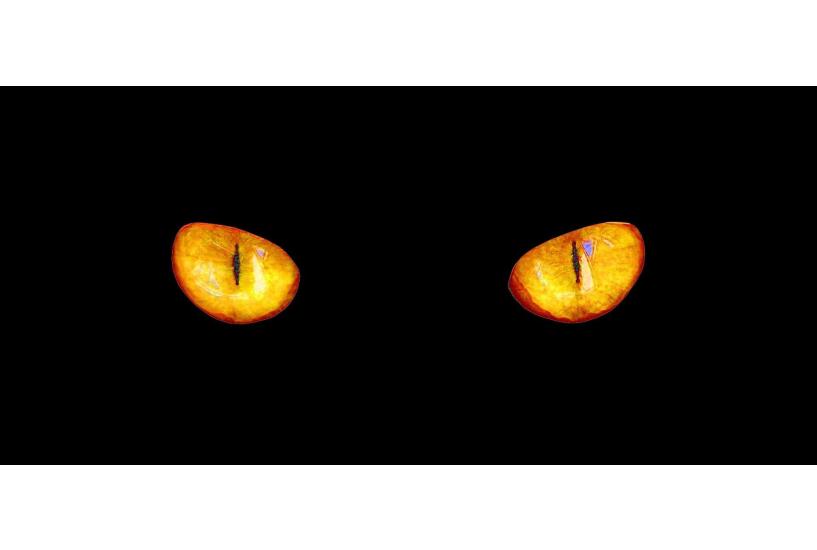Animals and Shadow Work
by Dawn Baumann Brunke, author of Shadow Animals and several other books
What is the Shadow? In psychological terms, it refers to the hidden aspects of our personality that we prefer not to identify with: shame or guilt, greed or arrogance, weakness or incompetence. Because we don’t want to see ego-deflating aspects of self, we keep them in the dark, tucked away in the deep psyche. The Shadow holds all those parts of the self that we judge or disown—our secret fears, suppressed emotions, hidden prejudices, and dark beliefs. We each have our own Shadow and each family, society, and nation has its collective Shadow as well.
It’s ironic—and yet fitting—that just as much as we ignore or refuse to know our Shadow, so the Shadow yearns to be known by us. It seeks to be seen, craving our acknowledgement of its existence—for it, too, is who we are.
The more we repress the Shadow, the more it works to make us aware of itself. It sometimes sneaks out in unsuspecting ways. Shadow images may appear in our dreams and daydreams or push their way into daily life via events and encounters that leave us feeling unbalanced and upset.
We may also glimpse our Shadow in the attributes that we project onto others. Instead of acknowledging qualities we do not like in ourselves, we subconsciously fling them outward—onto friends and family, politicians and the government, other races, and other countries. We also routinely do this to animals. Thus snakes are evil, spiders and bats creepy, rats dirty, and cockroaches downright disgusting.
My new book Shadow Animals is not really about shadow animals. Rather, it is about humans and the many ways we suppress, ignore, and avoid our Shadow—and the ways that animals can help us to find it and begin to heal.
Several years ago, I dreamt of an enormous snake. Larger than life, ancient and archetypal, it scrutinized me with its huge, gold-flecked eyes. On waking, I became fascinated with snakes. The more I read and learned about Snake—ancient creator deity, guardian to royalty, protector to gods and goddesses, mentor to those who sought wisdom, healing, and enlightenment—the more curious I became as to how this once-trusted ally had become so despised by humankind. I knew then that Snake held a powerful secret for us all.
I wrote a book about Snake, focusing on how this premier example of a shadow animal had so very much to teach us—not only about snakes, but also about ourselves. While working on the book, I was challenged by Snake in personal ways. And I came to appreciate the life-changing insights that such shadow animals can bring to our lives, if only we are open and willing to work on ourselves. I learned the power of what these animals hold for us—the insights, clues, and pathways to deepening that can help us to know ourselves in clearer, more expansive ways.
Although I planned a writing break after sending my Snake manuscript to the publisher, the idea for this book rose to consciousness with a pressing need. I felt the book nudging me, insisting there was something here that wanted—needed—to be expressed.
What is the value of shadow animals? Why do we need to know about them? What can they teach us? And why are they so important right now?
As Carl Jung once wrote, “The world hangs by a thin thread, and that is the psyche of man.” Jung believed that humans are the great danger to our planet. And that is why he felt shadow work to be so vital. Without acknowledging and retrieving our shadow material, without becoming aware of our deep self, we remain disconnected from ourselves, from each other, and from our planet. Thus we begin to act out in some very destructive ways.
We live in some alarmingly volatile and contentious times. Obsession with building walls and blaming others, knee-jerk reactions to project our faults and fears onto anyone but ourselves, and a stubborn refusal to acknowledge our own shadow material has led to a deep confusion about who we are. The collective Shadow is expressing itself in a multitude of metaphors: erratic weather conditions, megalomaniacal rulers, skyrocketing illness and puzzling medical conditions, a proliferation of extremist views and small-minded prejudices, and escalating acts of violence. Not only is the personal Shadow running amok, but the global Shadow is growing larger and darker.
Near the end of his life, Jung had a vision of worldwide catastrophe. His daughter took notes on the vision and, after his death, gave them to her father’s friend and collaborator, Jungian analyst Marie-Louise von Franz. While von Franz was reticent to comment on the subject, she finally remarked, “I think that if not more people try to reflect and take back their projections and take the opposites within themselves, there will be a total destruction.”
Failure to acknowledge our Shadow can lead to all sorts of outbursts: rage, phobias, addictions, anxiety, depression, self-hatred, deceit, hypocrisy, and lies. That is why finding and integrating our Shadow is currently the most important work each of us can do. In fact, it is vital—our very survival as a species depends upon it. Remember this: the real danger does not come from meeting our Shadow, but rather from refusing to meet it.
My book looks at the powerful medicine shadow animals offer in helping us to identify, explore, and integrate our own shadow material. Why animals?
We have a long history of connecting with the animal world. Ancient peoples often identified animals as their ancestors, and many early gods and goddesses were represented in animal form. Some humans journeyed with spirit animals while others learned healing secrets and new perspectives from observing animals in the wild. Animals offered us protection, advice, inspiration, and wisdom.
Shadow animals are unique teachers that can help us find and better understand the lost and wounded pieces of ourselves of which we are not fully aware. Some hold clues to repressed memories of trauma or abuse. Some are guides, helping us to explore the puzzling or guarded aspects of our psyche.
Shadow animals may appear frightening at first, for they may reflect those aspects of self that we most fear knowing. But it is by exploring the Shadow that we can eventually face our fears and find—within those fears—our strengths, abilities, and wisdom. Shadow animals can help us discover and embrace what we have judged, forgotten, or marginalized.
It’s important to remember that no animal is a shadow animal in itself. Rather, we make it that way. Events conspire to help create the perfect conditions for us to see our Shadow in an animal. Thus a perfectly nice, green-eyed cat triggers a reaction that stays with us for decades.
Said another way, shadow animals are only shadow in relation to ourselves. They are the handy surface onto which we project our inner Shadow. Rats are not dirty. Snakes are not evil. It is only we who believe they are.
By showing us the outer shape of our Shadow, shadow animals offer clues to that which obstructs the inner radiance of our light. Their great gift is in helping us to see what we have hidden within.
The first part of the book offers an introduction to animals as teachers and guides. Whether domesticated or wild, in physical or spirit form, appearing only a moment or staying with us for a lifetime, such animals offer insightful messages tailored to our individual needs. I also further explore the human Shadow and why we choose certain animals to hold our darkest projections and represent those aspects of our psyche that we deny, ignore, or suppress.
The second part of the book explores a variety of species that many may think of as shadowy—spiders, snakes, rats, and bats—as well as those that seem shadowy only to some, such as dogs, cats, horses. So too will we explore meeting the Shadow in ourselves and in our fellow humans—and why it is so timely and important to begin the work of integrating both the personal and collective Shadow.
Each of the thirteen “Shadow Animals” chapters features an exercise in working with shadow material. While these exercises are inspired by the animal representatives of each chapter, they are designed to be used with any animal or aspect of Shadow that you choose to explore. Thus the book provides thirteen different ways of working with your Shadow.
Shadow Animals is not a book with dictionary definitions of what various shadow animals mean, but rather a book about better understanding the animals that we dislike or fear and, in doing so, learning more about what we unconsciously fear and dislike in ourselves. Additionally, you may be surprised to find that reading about some animals you don’t consider Shadow can be helpful in awakening knowledge of inner selves that have been disowned or disregarded for a very long time.
Ignoring the Shadow diminishes our energy. But by acknowledging its presence and opening to it, we begin to nourish ourselves. That is why shadow work is not only a process of self-education but also of healing and awakening.
Shadow work can help us to find the core of our phobias, anxieties, anger, frustration, arrogance, and small-minded beliefs. It can help us reclaim those parts of ourselves that we have forgotten or put away for what was once a very good reason: protection from childhood abuse, trauma, or debilitating fear. Shadow work allows for the healing of our core wounding—all that we don’t want to see, yet that so desperately needs to be acknowledged.
By exploring and working with our Shadow, we begin to accept lost qualities of self rather than ignoring, avoiding, or repressing them. We begin to clear away what is untrue. In reclaiming our projections, we become more realistic. We stop trying to toss away qualities we don’t like onto others. We stop lying to ourselves about who we think we are or want to be, because we begin to like ourselves as we are.
By freeing our holds about the Shadow, we ignite creativity, increase clarity, and deepen our compassion for self and others. In uncovering more of our authentic self, we discover hidden talents and strengths, refine our abilities, expand our dreams, and begin to live in a way that celebrates our life’s purpose.
To consciously work with one’s Shadow is both powerful and life changing. It is to embark upon a spiritual process that not only heals but welcomes us home to who we are. Lucky for us, a great many animals offer their support along the way—protecting and advising, challenging and encouraging, inspiring and cheering us on, awaiting our heartfelt return.
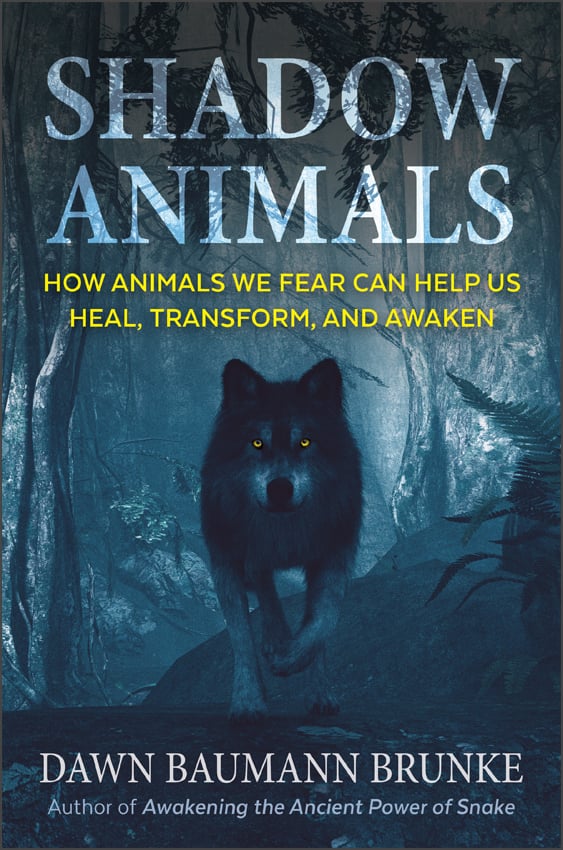 |
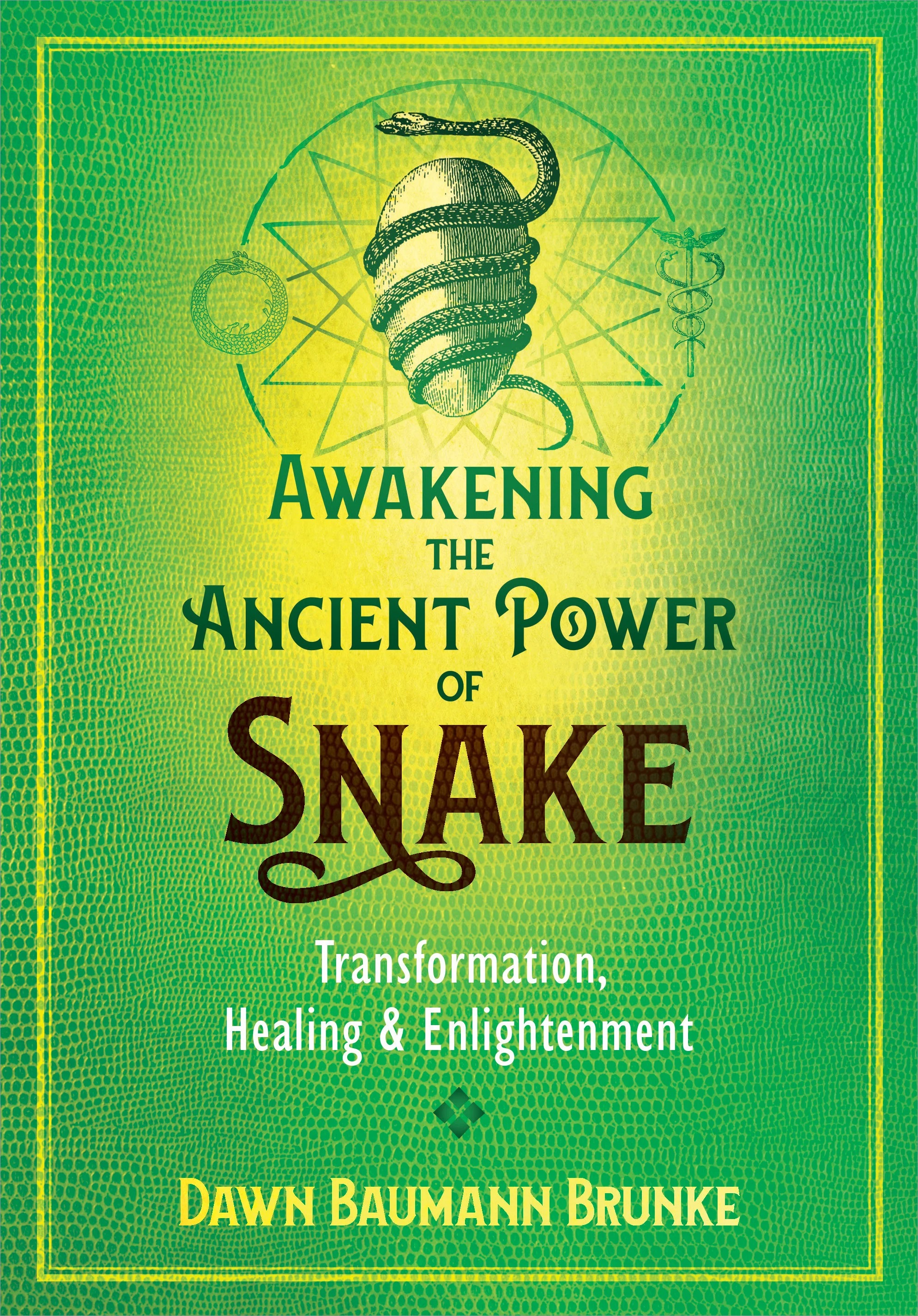 |
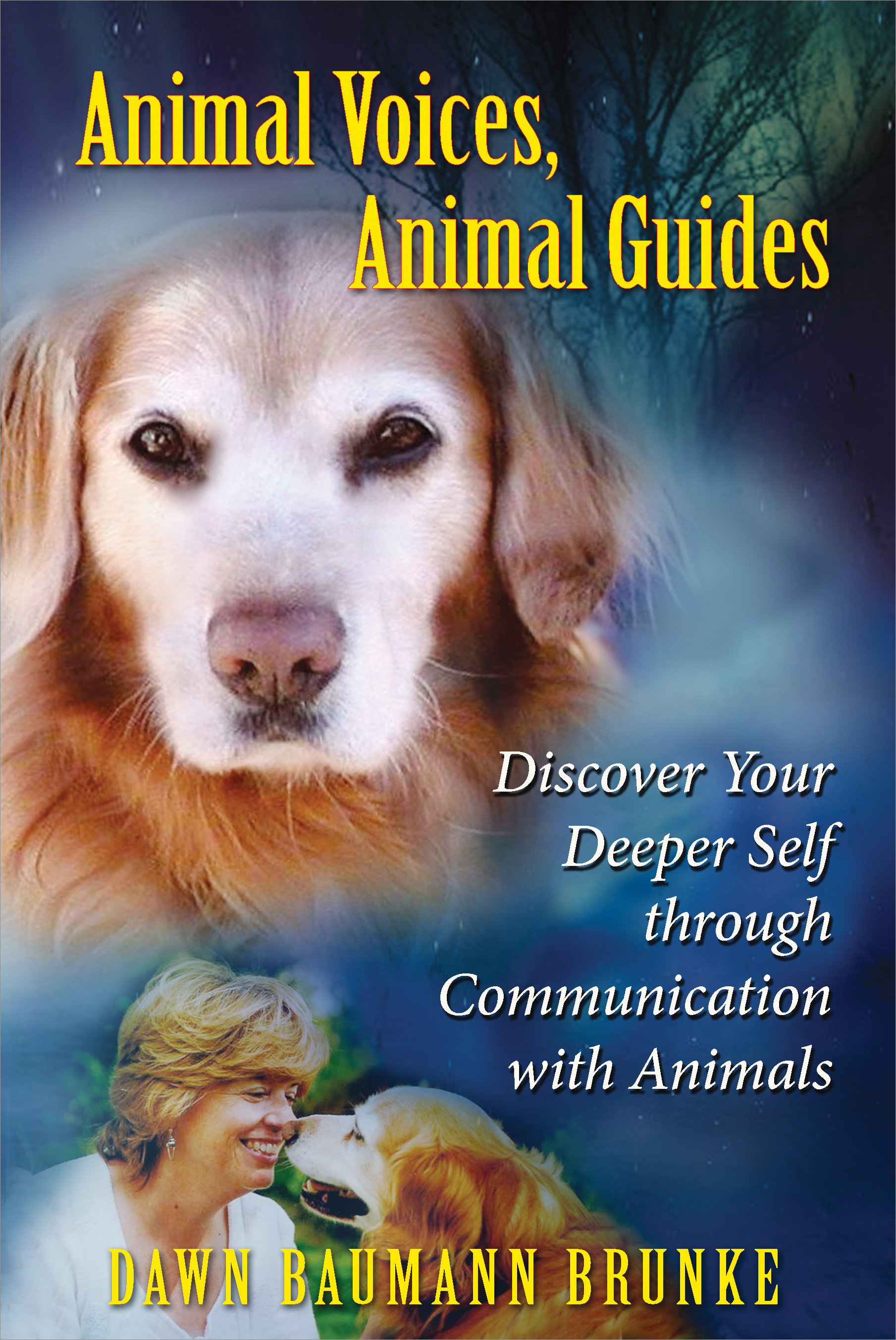 |
 |
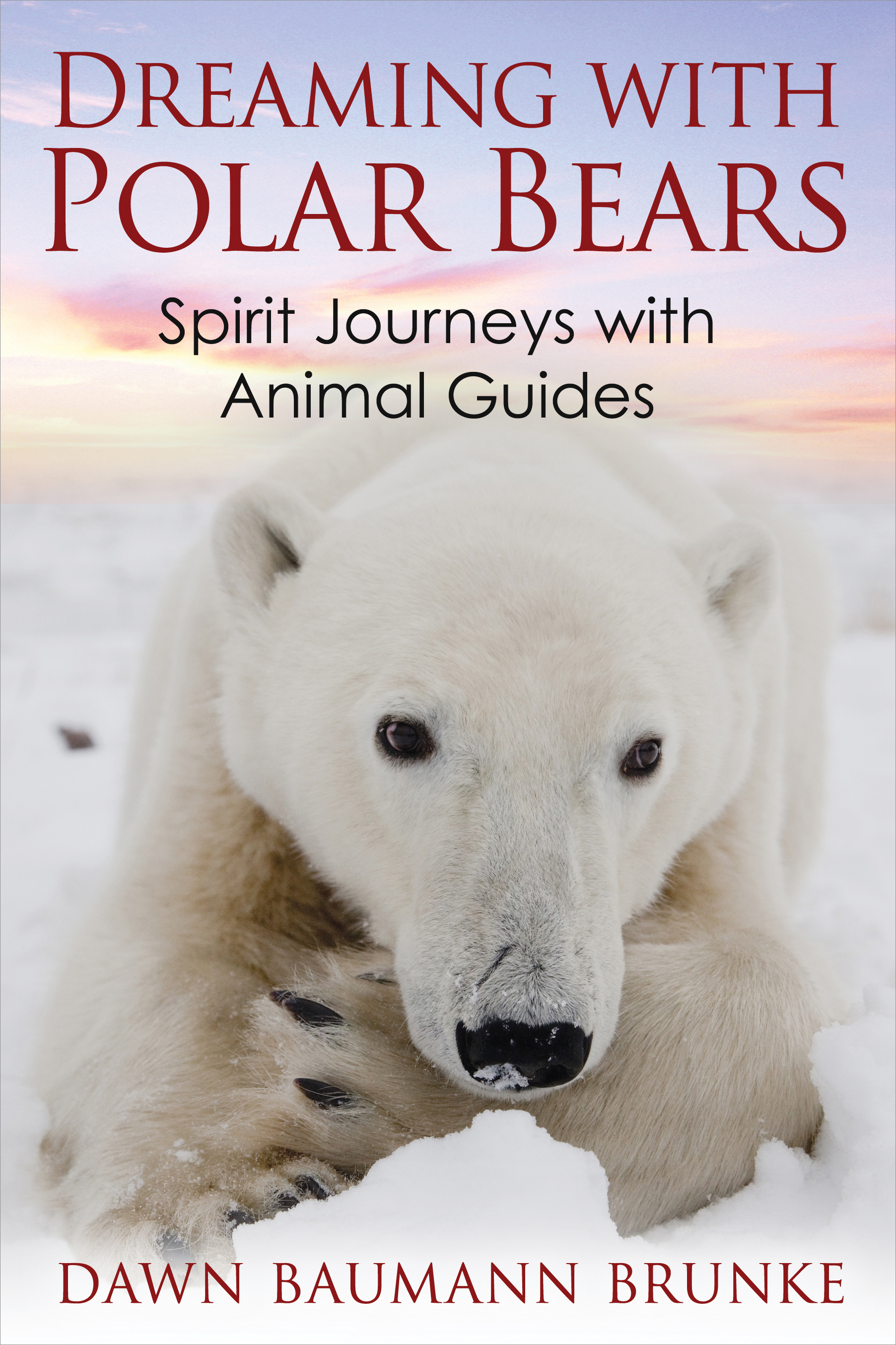 |


